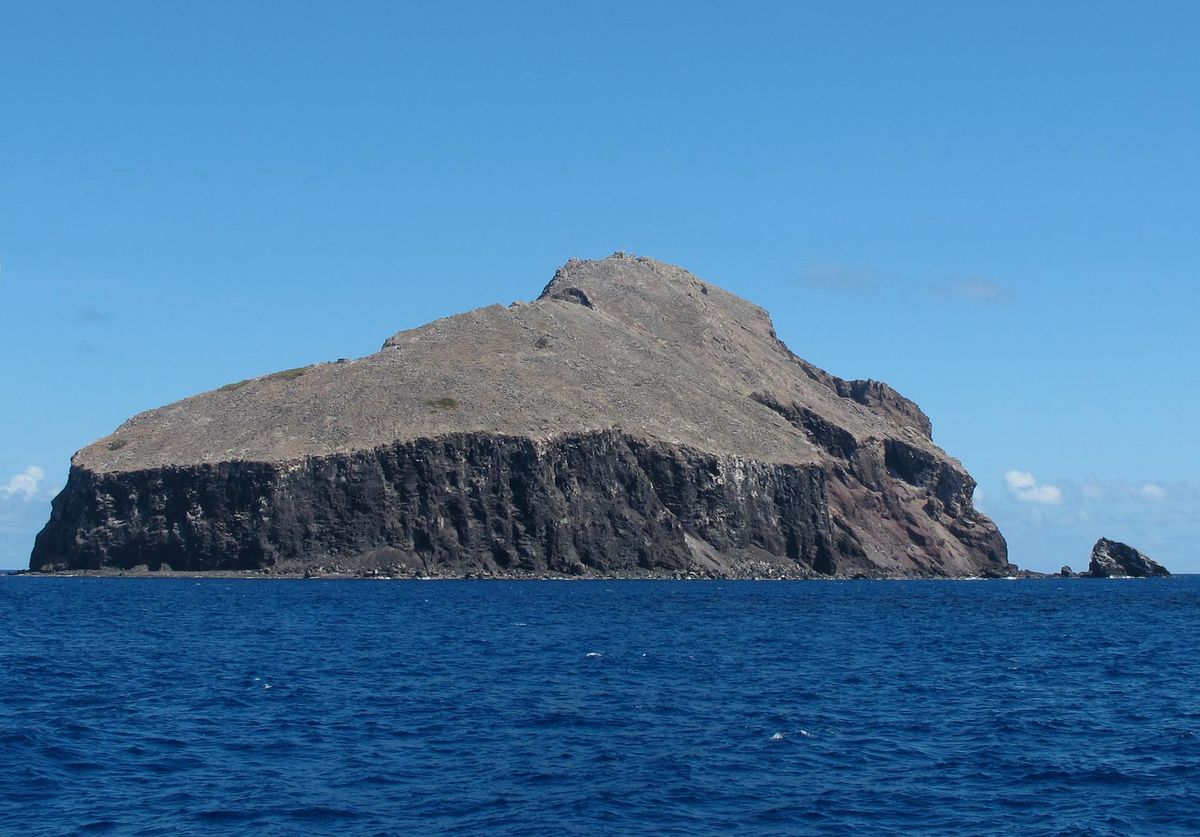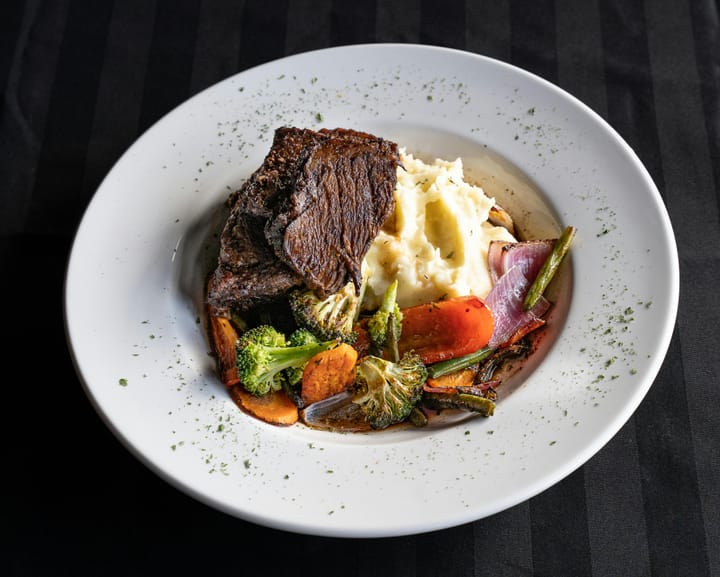One small island’s wildlife transformation success story
A few years ago, Redonda Island in Antigua and Barbuda wasn’t exactly the place to be.

A few minutes every morning is all you need.
Stay up to date on the world's Headlines and Human Stories. It's fun, it's factual, it's fluff-free.
A few years ago, Redonda Island in Antigua and Barbuda wasn’t exactly the place to be. It was populated by invasive species – sad goats and thousands of rats – with its previous natural ecosystem basically dead. The locals even referred to it as a “rock” because of its barren state. But, within just one year of conservationists getting their hands dirty there, things started to turn around for this small Caribbean island.
Just a mile long, Redonda had become a wasteland after invasive rats took over what had been a lush, diverse landscape. They ate up all the native residents of the island, like lizards and bird eggs. But, in 2016, Antigua and Barbuda’s government stepped in to try to restore the ecosystem with the help of environmental NGOs, such as the Environmental Awareness Group (EAG), Fauna & Flora and Re:wild. And these conservation efforts are paying off in real time.
“We just removed the species that were not supposed to be there, and within months, we saw the vegetation growing back – the island rebounding,” explains Johnella Bradshaw, the Redonda program coordinator for the EAG, an Antiguan NGO that’s been leading the project. “Up to this date, we haven’t planted anything, we haven’t reintroduced any species. We just removed the rats and the goats, and the island transformed right in front of our eyes.”
Apart from getting rid of the goats and rats, EAG has built a program to keep invasive species from coming back to Redonda. It’s set up surveillance cameras to look out for foreign critters and has been monitoring local fishing activities.
“The island started to spring back to life incredibly quickly – in the span of just two years, 15 species of land birds returned to Redonda, and numbers of the Redonda ground lizard increased eight-fold,” reports Fauna & Flora.
This year, Antigua and Barbuda designated the island and the surrounding seagrass and a coral reef as the Redonda Ecosystem Reserve, making it a protected area. It’s estimated this newly protected area homes at least 30 globally threatened and near-threatened species and also hosts important seabird colonies.




Comments ()